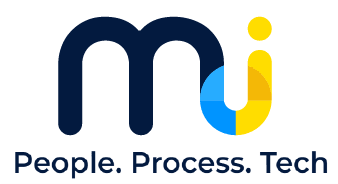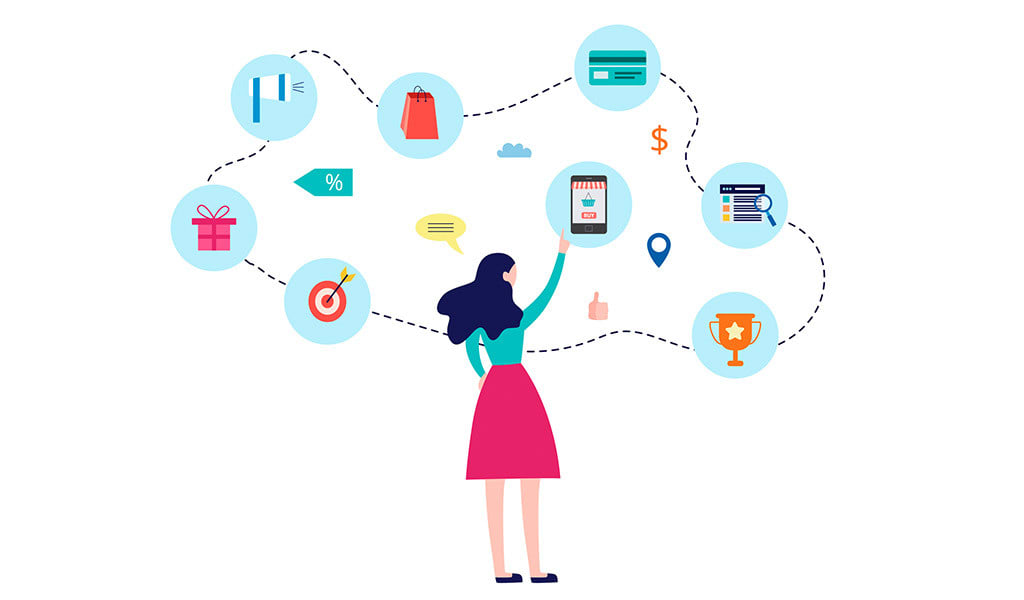The ultimate goal of marketing for any small business is to turn prospects and leads into paying customers. As with most things in life, there’s a right way and a wrong way to achieve this goal.
The wrong way to go about it is throwing together a marketing strategy based on guesswork and “gut feelings,” trying to distribute your ads across multiple channels without analyzing why, and hoping that something sticks.
The right way (which is what we want to discuss in this article) is to understand your ideal customer’s journey, and then adapt your marketing strategy to that journey. While this often involves many moving pieces, it’s a relatively straightforward concept at its core.
What is the customer’s journey?
Before we proceed further, let’s define what a customer’s journey actually is. One definition of a customer’s journey is:
“A detailed map that shows the full experience a customer has with your business. It lets you see every interaction they have with your company, even before and after they engage.”
Just as a person has to take multiple turns on an interstate road trip to get to his or her final destination, a typical prospect may interact with your business several times, and in several different ways, before becoming a paying customer. This is where the term “conversion” comes into the picture.
What is a conversion?
A conversion is a marketing term for any time a prospect completes a desired action. For example, when a recipient of an email newsletter from your company clicks on its embedded link and goes to your home page (or a specific product page), you’ve won a conversion. In turn, the percentage of recipients who take the desired action (versus the total number of recipients) becomes your conversion rate. Obviously, the higher your conversion rate is, the better.
How does an understanding of the customer’s journey impact your conversion rate?
Once you have a clear vision of who your “ideal customer” is (that is, the type of customer that would yield the highest overall value for your business), you need to understand how to get that customer from Point A to Point B to Point C. In other words, you need to understand the customer’s (typical) journey from prospect to lead to buyer.
How will an understanding of your customer’s journey impact your conversion rate? Here are just 3 ways:
- You’ll know where to target your ads. For instance, if your ideal customers are very active on social media, you can allocate more marketing dollars to Facebook or Instagram advertising. On the other hand, it may be better to focus on LinkedIn for a professional B2B audience.
- You’ll be able to identify bottlenecks in your sales pipeline. If you see that a ton of prospects are moving from the “awareness” to the “consideration” stage in your conversion funnel, but not very many are moving from “consideration” to “decision,” then you know it’s time to develop some more effective content for that middle stage of the funnel.
- You’ll be in position to develop ad creative that speaks to their specific interests, concerns, and pain points. Once you understand who your customer is and where he or she is coming from, you’ll be able to address their needs with hyper-specific messaging. For example, your messaging would go one way if you know that your customers are looking for a product based on price, and another way if they’re looking for quality or experience above all else.
If you’d like to learn more about how to identify the markers along your customer’s journey, or have any other questions related to conversions or the sales funnel, reach out to us today. We’d be happy to help you leverage an understanding of the customer’s journey into concrete results.


